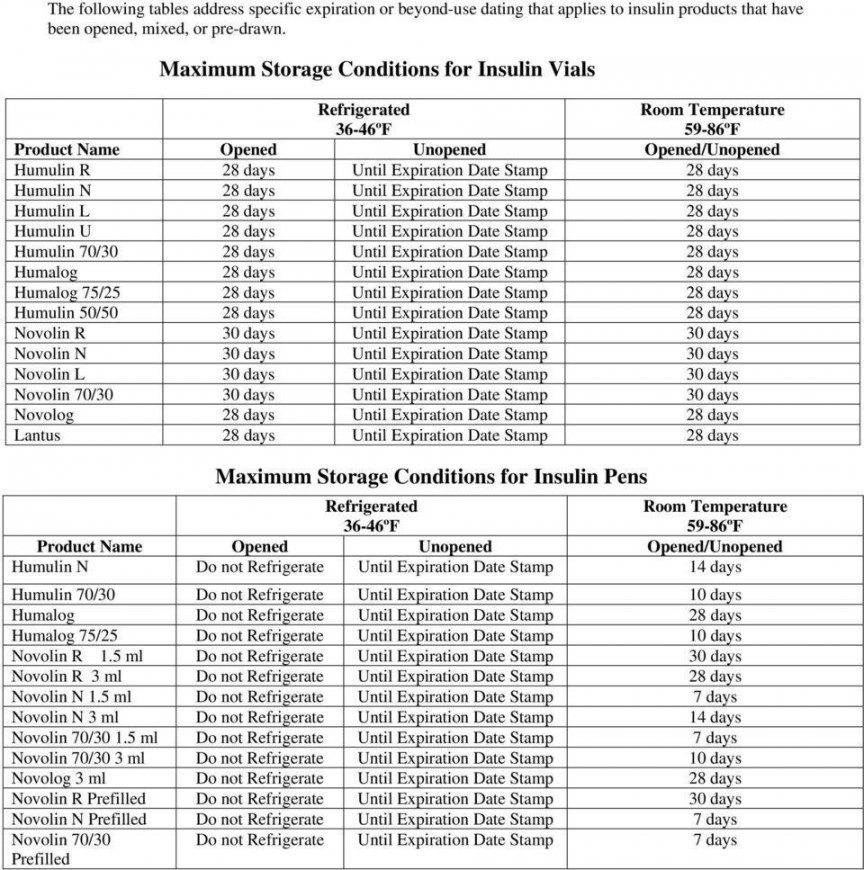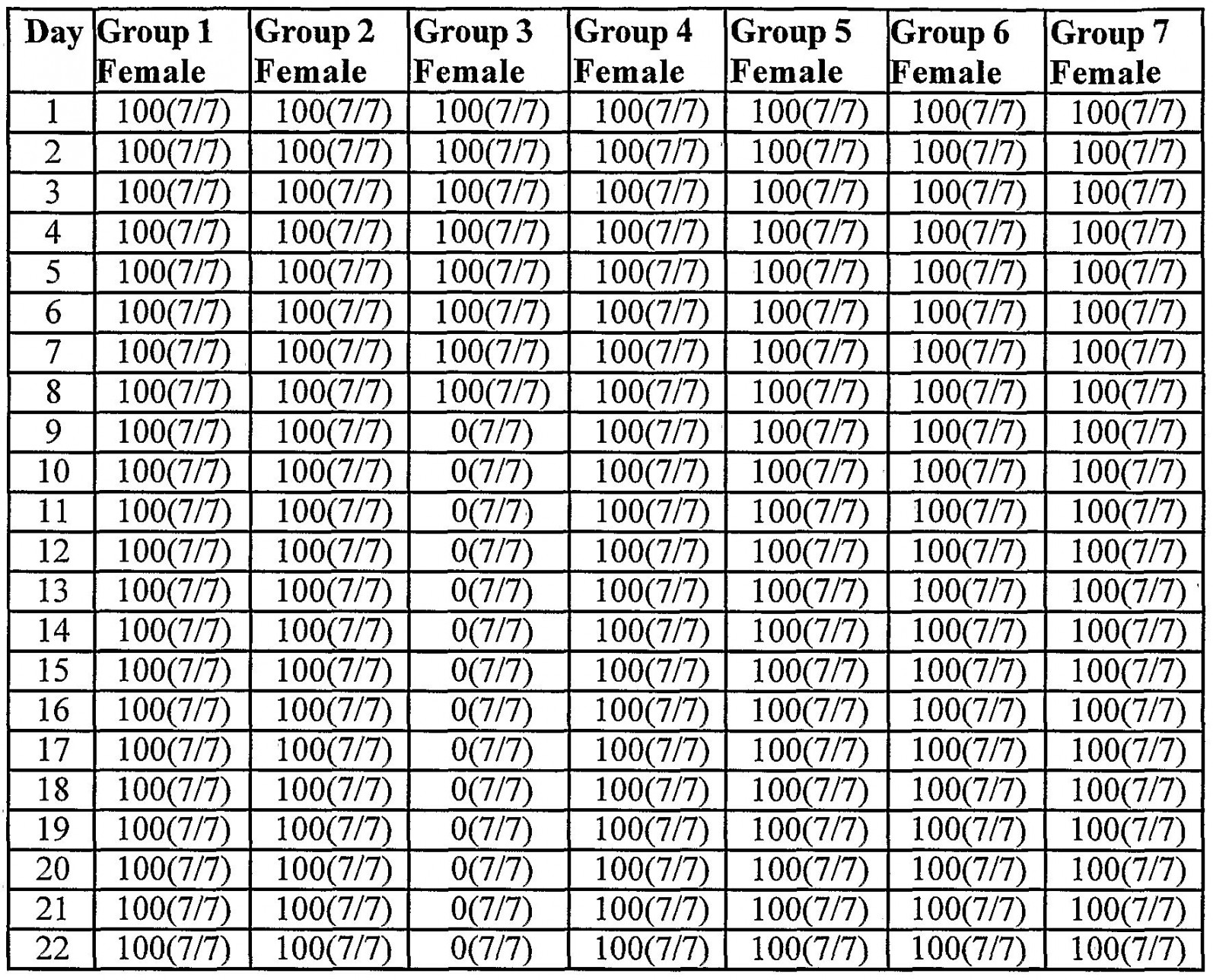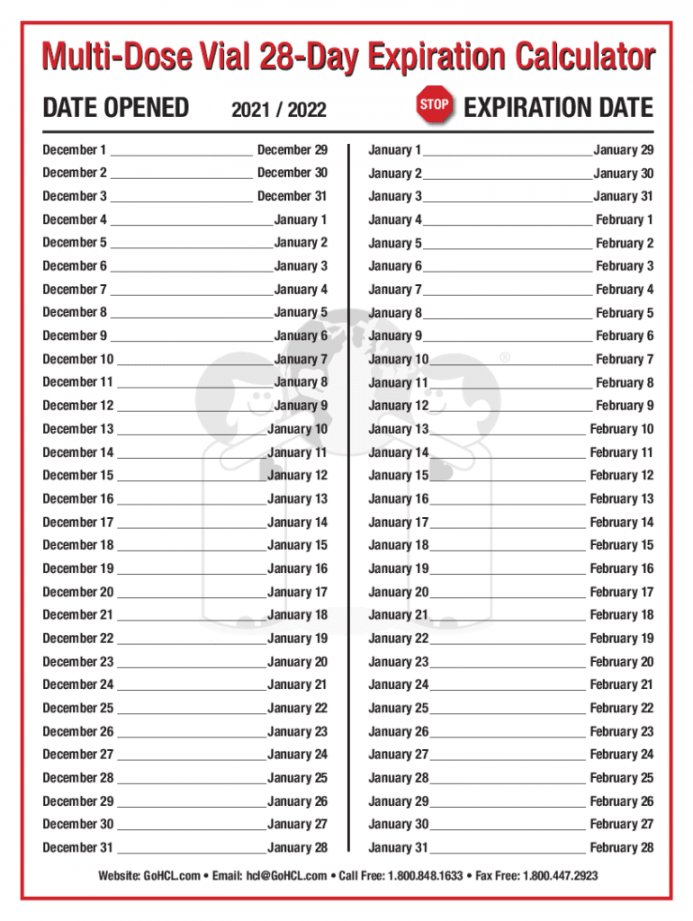Using Chart Review to Screen for Medication Errors and Adverse Drug Events Introduction
Medication errors and adverse drug events (ADEs) are difficult to measure because of their great variability. No method in isolation can study every aspect of the problem; therefore, error detection requires a multipronged approach. Each method of error detection is best equipped to detect certain types of errors. Thus, precise knowledge of the outcomes a given method measurers is critical for interpreting results.

Different methods employ different definitions. Chart-review studies define medication errors as errors in the ordering, transcribing, dispensing, administering, or monitoring of a medication. Potential ADEs are defined as errors that have the potential to harm a patient (near-misses). These ADEs can be further categorized as intercepted or non-intercepted. An example of an intercepted potential ADE is an order for an overdose of a drug that is intercepted before it reaches the patient. Non-intercepted potential ADEs reach the patient but do not cause injury because the patient has sufficient physiological reserves. ADEs result in actual patient harm; about two thirds of these events are not preventable. An example of a nonpreventable ADE is the administration of an antimicrobial for an appropriate indication to a patient who later developed a Clostridium difficile infection. On the other hand, by definition, preventable ADEs are associated with errors. An example of a preventable ADE is an antibiotic associated rash in a patient with a previously known allergy to the same antibiotic.
In contrast, many observation studies define a medication error as a discrepancy between doses ordered and doses administered. Chart review will catch some errors in administration and monitoring, although that is not its strength. Similarly, observation will pick up some errors in medication ordering, but it is better able to detect administration errors.


